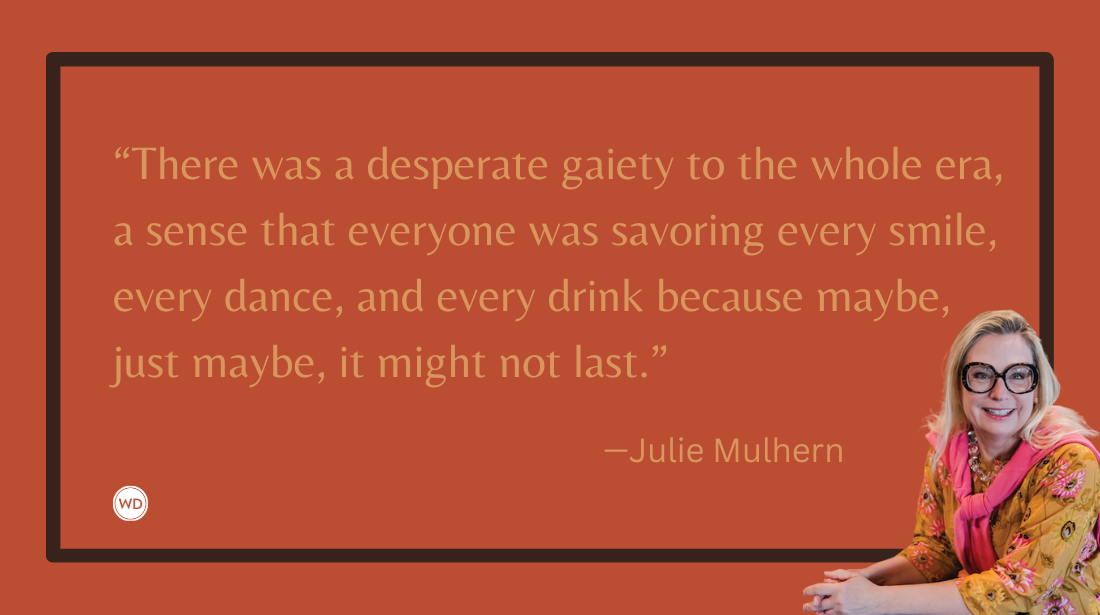Writing Effective Emotions for Pre-Teen Readers
Author and writing instructor Sherry Shahan shares three tips for writing effective emotions for pre-teen readers.
Soon after becoming a mentor for the Society of Children’s Writers and Illustrators (SCBWI), I began reading opening chapters of middle-grade novels. This genre is typically for readers from 8 to 12. Plots explore themes relevant to highly charged pre-teen lives.
Overall, the first chapters were well-crafted with clear stakes and promising plot twists. Not a trope in sight. Likewise, the characters’ voices were distinct to individual personalities. That said, every writer relied on body parts to convey emotion. Hearts skipped a beat, indicating fear or joy.
And on it went—a profusion of eye rolls (disgust) and gritting teeth (anxiety or frustration). Head shaking expressed everything from amusement to disbelief. Clichés aside, my concerns were more about the lack of specific details connecting the emotion to a particular person.
What a character feels is the core of a story. We want them to think of a time, I remember feeling the same way. This won’t happen if emotions are generic.
According to VeryWell Mind, the five basic emotions are: 1. Happiness; 2. Sadness; 3. Fear; 4. Anger; and 5. Surprise. I would add embarrassment, frustration, and confusion—especially for hormonal adolescents. Shame and guilt are often underutilized.
Focus on Emotional Inheritance
As an exercise, I asked mentees to recast their clichés, focusing on the protagonist’s emotional inheritance, such as their culture, socioeconomic conditions, and family dynamics. Upbringing influences how characters express themselves—especially when under pressure.
Have they grown up sheltered? Does their family encourage dialogue? Are they good students, slackers, or somewhere in between? How fresh are their wounds? Dig deeper!
TIP: Don’t use a Thesaurus to simply find a synonym for ‘slam’ as in ‘slamming a door’ to show anger. One writer replaced his generic phrase with a character specific, ‘He grew silent, like a hungry shark.’ Instead of ‘spine tingled’ to indicate fear, another wrote, ‘He slid a rock in his pocket, just in case.’
Highlight the Most Prominent Emotion
I then asked them to highlight the most prominent emotion in each scene of their first chapter. Many had repeated the same emotion in consecutive scenes. Anger and happiness won out, perhaps due to the age makeup of their characters. Yet, the repetition of moods and feelings can drain readers’ curiosity and dilute page-turning tension.
TIP: Look for consecutive scenes with the same emotion. Try replacing a raging outburst or jumping with joy with an underused emotion. Experiment with one that’s more subtle and nuanced, like embarrassment or frustration. Give space to quiet, internal moments.
Consider Unique Way of Thinking
Ellen Brock, a YouTuber and former editor at a middle-grade imprint, makes this point: Most kids try to hide their emotions because they don’t want to have a meltdown in front of their friends. She suggests—instead of relying solely on ‘showing’ and/or ‘telling’ to convey emotions—writers consider what is special about the way their characters ‘think.’
TIP: Write about an emotion using an internal process, either contemplation or introspection. The following example conveys unease triggered when a protagonist willingly puts herself in a risky situation. It appears early in my middle-grade novel Frozen Stiff. ‘How could she sneak off in a stolen truck when he (her cousin) was so noisy? Well, Cody thought wistfully, it wasn’t really stolen. Just on temporary loan without permission.’
The passage conveys Cody’s anxiety, as well as lets readers know she’s a risk-taker.
In sum, there is more than one way to communicate what characters are feeling. Present them with a versatile emotional wardrobe and see what fits.
Sherry Shahan lives on the Central Coast of California where she writes full-time. Her articles have appeared in Writers Digest (print), The Writer, Los Angeles Times, Backpacker, Mother Earth News, Country Living, and many other magazines and newspapers. She holds an MFA from Vermont College of Fine Arts, taught a creative writing course for UCLA Extension for 10 years, and has been nominated for The Pushcart Prize in Poetry and Best of the Net. Visit her at www.SherryShahan.com









